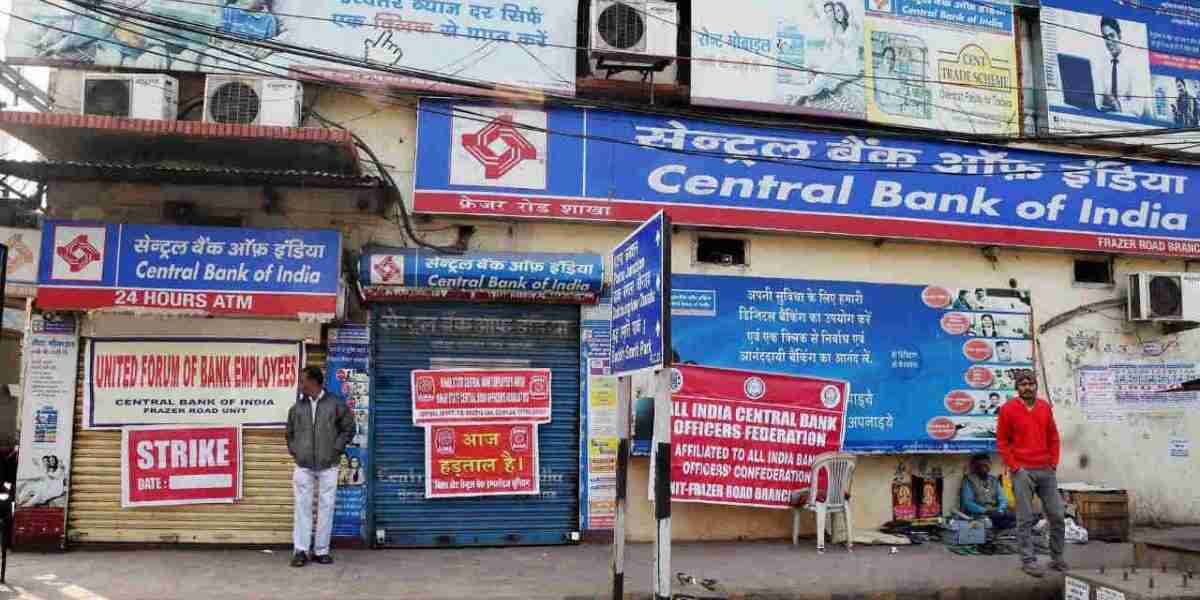Not the panacea
Merger and privatisation of banks are being perceived as all-round solutions to the woes of the banking industry but the approach has its own limitations

As the process of merger continues unabated for the last few years, the number of public sector banks came down from 27 in March 2017 to 12 in April 2020. Though, the outcomes of the earlier mergers hadn't been encouraging. The merger of Global Trust Bank with Oriental Bank of Commerce in 2004 took a huge toll on the latter's performance. According to 'The Banker', a prestigious international magazine, the ranking of State Bank of India was 54 at the time of the merger in the year 2017, which fell to 56 in 2018 and to 57 in 2019.
The merger of banks is not a new phenomenon. Punjab National Bank and New India Bank were merged in 1993-94. State Bank of India with its five subsidiary banks and one Mahila Bank was merged in the year 2018. Earlier, State Bank of Saurashtra and State Bank of Indore were merged with State Bank of India in 2008 and 2010 respectively. Further, Oriental Bank of Commerce and United Bank of India merged with Punjab National Bank, Syndicate Bank merged with Canara Bank, Dena Bank and Vijaya Bank merged with Bank of Baroda and Allahabad Bank merged with Indian Bank.
The government now wants to privatise two public sector banks — Bank of Maharashtra and Indian Overseas Bank. However, the performance of these banks has improved significantly. The net profit of Bank of Maharashtra stood at Rs 550 crore in FY 2020-21, while it was Rs.389 crore in the financial year 2019-20. Indian Overseas Bank has earned a net profit of Rs 831 crore in FY 2021 after six years.
Privatization is believed to result in job losses of employees, which could negatively impact the government's welfare image. Due to the insecure future, the employees will not be able to do their work diligently, which will affect their performance. The service charges of these banks could increase. Privatised banks will also refrain from serving in rural areas and will be reluctant to aid implement government schemes.
After privatisation, these banks will avoid works related to non-remunerative services like Public Provident Fund (PPF), Atal Pension Yojana (APY), Sukanya Samridhi Yojana (SSY) etc. They will instead offer more non-banking services like mutual funds, insurance and other fee-based business in a bid to increase revenue. Privatisation could even lead to a reduction in the credibility level of customers towards these banks. Given the role of PSBs in shaping government schemes, privatization of the two banks can overburden the remaining PSBs.
The participation of private banks in the distribution of retail loans has doubled in the last eight years. Total credit disbursement of private banks increased from 17.8 per cent in March 2011 to 33.6 per cent as of March 31, 2019. Though private sector banks give loans to the retail sector, they avoid giving loans for long-duration projects. Their contribution to infrastructure development is less than public sector banks.
The government believes it is necessary to have big banks to make the economy strong. The government also says that banks need capital to clean the balance sheet, meet various parameters of Basel III, and strengthen banks' infrastructure. Mergers are also said to bring down the operating cost and other expenses, increase profits, reduce risks, improve employee's performance etc.
The State Bank of India has come in the category of 60 largest banks of the world after its merger, but it is not possible for other big banks of India to achieve the same. The total capital of eight banks in America is 60 per cent of its GDP; and the total capital of four banks in England and France is 300 per cent of its GDP. For India, it is just about a third of the country's GDP. As per "The Banker" comparison, the total assets of India's largest bank, SBI stands at USD 680 bn against USD 4009 bn of China's ICBC. Mergers won't allow the big banks of India to establish their identity at the international level.
PSBs will still be under pressure to lend for infrastructure where the percentage of NPA is the highest today. NPAs under Mudra loans have increased in the past months and have reached around 10 per cent, but the government wants to expand its scope even more.
The situation of NPAs will worsen in the coming months due to the pandemic. According to the Reserve Bank's Financial Stability Report, 2020, the level of gross NPAs may increase to 14.7 per cent by September 2021 — the highest in the past 22 years.
The Indian economy has been devastated due to the pandemic. Credit growth has come down to 5-6 per cent and NPAs have increased. The government is looking for a solution to all the problems in a merger, but it will only increase the non-performance of banks. The government is also wrongly perceiving privatisation as the panacea for all problems of the banking industry. A few thousand crores can certainly be obtained from the privatisation of PSBs, but how much the government will benefit from it also needs to be assessed. Further, there are also the questions of job losses and increased work pressure on the remaining PSBs.
Views expressed are personal



